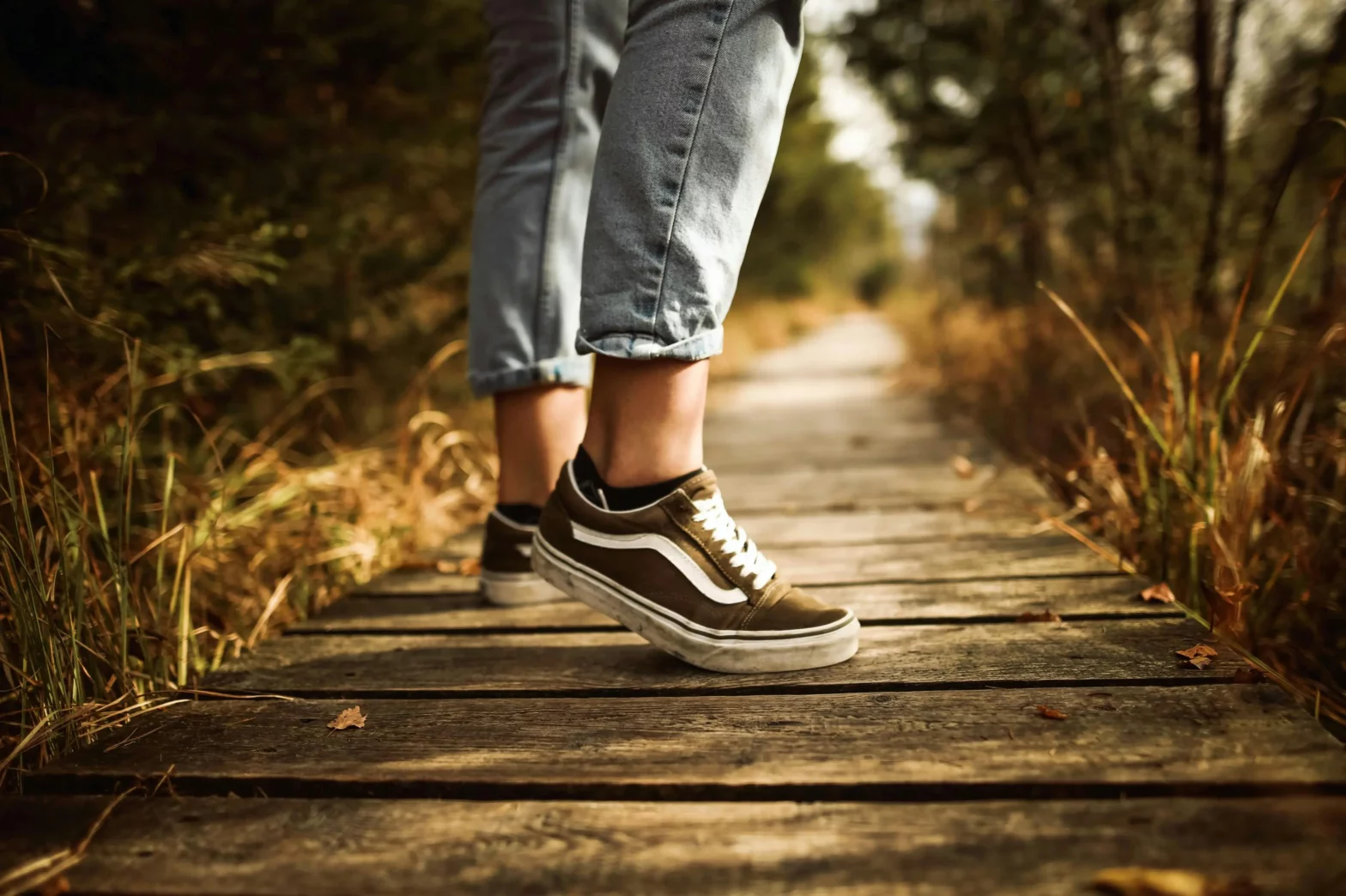Table of Contents
The world of Sound Effects and Sound Design is vast and expansive, we’re here to tell you a little about it. In this blog we’ll be deep diving into what Foley sounds are, how they enhance content and where you can find the best ones. Let’s get into it!
What are Foley Sounds?
Foley sounds are a type of sound effect used in film, television, and other media to enhance the auditory experience of the audience. Named after Jack Foley, a pioneering sound effects artist, Foley sounds are created by recording everyday objects and actions to match the visuals on screen. This process involves replicating sounds such as footsteps, clothes rustling, doors creaking, and many other ambient noises.
Check out our blog on ‘Sound Effects and How You Can Use Them‘ to know more!
Are Foley Sounds Better than Pre-Recorded Sound Effects?
The debate between using Foley and pre-recorded sound effects often centres on quality, authenticity, and flexibility. Foley sounds are typically considered superior because they are specifically tailored to the visual elements they accompany. This bespoke approach ensures that the sound aligns perfectly with the action, enhancing the realism and immersion of the scene. Pre-recorded sound effects, while convenient, can sometimes feel out of place or generic, reducing the overall impact. Additionally, Foley artists can adjust and manipulate sounds to fit the precise requirements of a scene, something that is harder to achieve with pre-recorded effects.
The 3 Types of Foley Sound
Feet
Footsteps are one of the most common Foley sounds. Foley artists recreate the sound of footsteps by walking on various surfaces while wearing different types of shoes to match the on-screen action. The texture and tempo of the footsteps can convey a lot about the character and setting, such as the difference between a hurried sprint on gravel and a leisurely stroll on wooden floorboards.
Movement
Movement sounds refer to the noises made by characters’ clothing and body movements. This includes the rustling of fabric, the clinking of jewellery, and even the subtle sounds of a person shifting their weight. These sounds add depth and realism, helping to bring characters to life in a way that is often subconscious but significantly enhances the audience’s connection to the scene.
Specifics
Specifics cover a broad range of sounds that are unique to a particular action or object within a scene. This can include anything from the clinking of glasses, the swishing of a sword, to the splashing of water. These sounds are crucial for creating a believable world, as they add a layer of detail that helps ground the visual elements in reality.
How are Foley Sounds Made?
Creating Foley effects involves a series of steps that combine creativity with technical skill. The process typically begins with the Foley artist watching the film or video scene in a specially equipped studio. The artist then identifies the sounds needed and selects the appropriate props and surfaces to recreate them. Using microphones and recording equipment, the artist performs the actions in sync with the on-screen movement. This can require multiple takes to get the timing and sound just right. Once recorded, the sounds are often edited and mixed with other audio elements to ensure a seamless integration into the final product.
4 Ways Foley Sounds Enhance Your Videos
They Make a Scene More Realistic
Foley effects play a crucial role in making a scene feel more lifelike. By matching sounds to the exact actions on screen, they create a sense of authenticity that draws viewers into the story. This realism is essential for maintaining the suspension of disbelief, allowing audiences to become fully immersed in the narrative.
Foley Sound Makes a Scene More Immersive
Beyond realism, Foley sounds add depth to a scene, making it more immersive. They provide subtle audio cues that enrich the visual experience, helping to create a three-dimensional soundscape. This immersion can make scenes more engaging and emotionally impactful, enhancing the overall viewing experience.
More Believable Ambient Sounds
Foley effects also contribute to the ambient soundscape of a scene. Background noises, like the hum of a city or the rustling of leaves, help establish the setting and mood. These ambient sounds are often created using Foley techniques, as they need to be specific to the scene and blend naturally with other audio elements.
It’s Too Quiet Without Foley Effects
Without Foley effects, scenes can feel unnaturally quiet and lifeless. Even in moments of stillness, there are always subtle sounds that contribute to the atmosphere. Foley artists ensure that these sounds are present, preventing the audio from feeling empty and maintaining a sense of continuity and presence throughout the scene.
Foley Sounds on Hoopr
Hoopr, a platform known for its extensive library of sound effects, provides numerous examples of high-quality Foley sounds. These include everything from footsteps on various surfaces, the creak of a wooden door, the rustle of fabric, to more unique sounds like the flick of a lighter or the splash of water. These Foley sounds are meticulously recorded to ensure they match the nuances of real-life actions, providing filmmakers and content creators with the tools to enhance their audio landscapes effectively.
How Do You Find the Best Foley Sound Effects?
Finding the best Foley sound effects involves a few key steps:
- Identify Your Needs: Determine the specific sounds required for your project. This might involve watching your footage and making a list of actions and ambient noises.
- Use Reputable Sources: Platforms like Hoopr offer a wide range of high-quality Foley sounds. Hoopr has an entire section dedicated to Sound Effects! It contains a wide range of sounds from multiple different categories.
- Test and Sync: Once you have selected your Foley sounds, test them against your footage. Ensure they sync perfectly with the on-screen actions and adjust as necessary. This may involve some editing to tweak the timing and volume.
- Layer and Mix: Foley sounds often work best when layered with other audio elements. Mix them carefully with dialogue, music, and other sound effects to create a balanced and cohesive audio experience.
- Stay Organized: Keep your sound files organised and labelled clearly. This makes it easier to find and adjust them during the editing process.
By following these steps, you can find and utilise the best Foley sound effects to enhance the auditory experience of your videos, making them more realistic, immersive, and engaging.
Frequently Asked Questions:
How do Foley sounds differ from other sound effects?
Foley sounds are live, manually created effects that mimic everyday noises to enhance realism in films, while other sound effects are often pre-recorded and may be electronically generated or sourced from sound libraries. Foley focuses on human interactions and movements, like footsteps or rustling clothes, to add authenticity.
Can Foley sounds be used in all types of video content?
Yes, they can be used in all types of video content, including films, TV shows, animations, and video games. They enhance the auditory experience by adding realistic and context-specific sounds, improving the overall immersion and authenticity.
Are Foley sounds vocal?
Foley sounds are typically non-vocal, focusing on recreating everyday noises like footsteps, door creaks, and rustling clothes. Vocal sounds, such as dialogue or character-specific noises, are usually recorded separately.
What is the most common foley sound?
The most common sound is footsteps, as they are essential for creating realistic movement and interaction in various scenes across films and TV shows.
What can I use for foley sounds?
Hoopr has an extensive collection of Foley sounds you can use for all your content! From footsteps to water sounds, we have it all!

